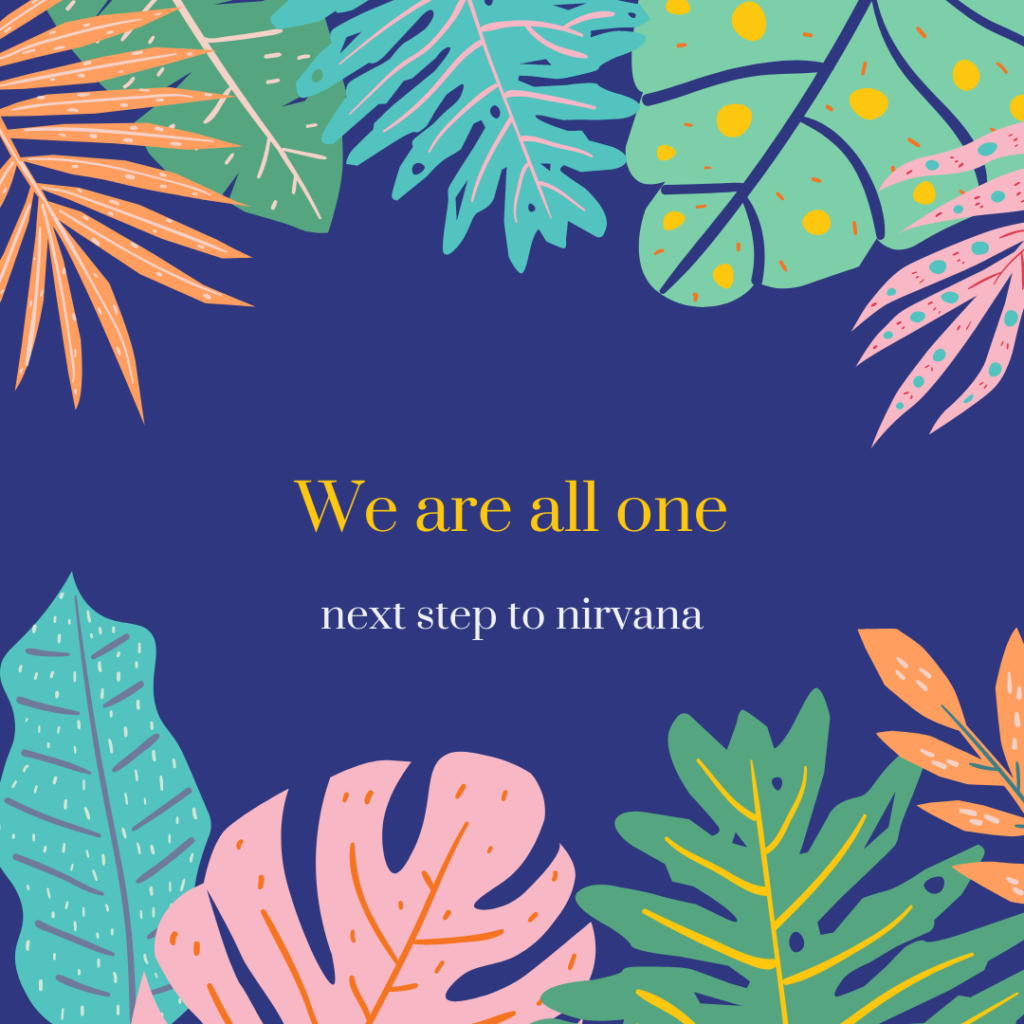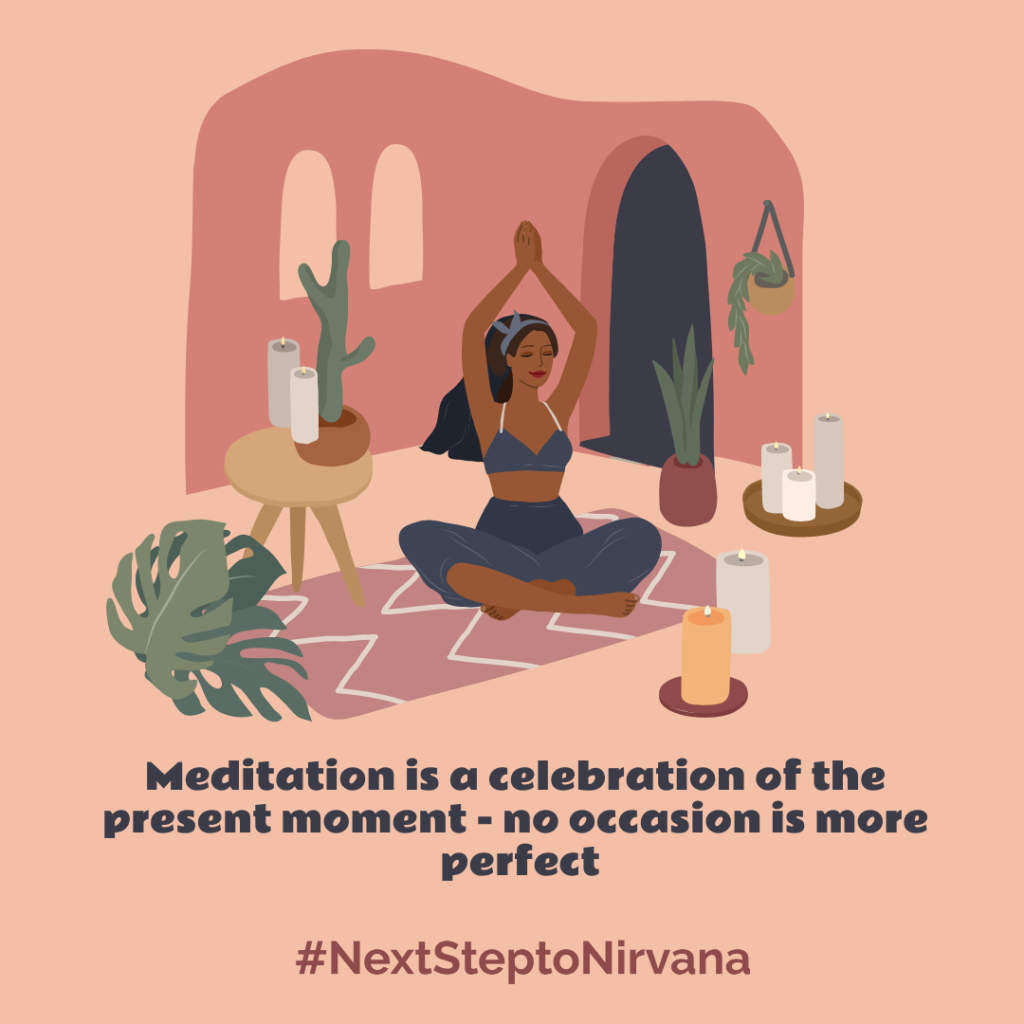You hear about mindfulness everywhere now. There are books on Mindfulness Revolution. Neuroscientists, doctors, psychiatrists, and even athletic coaches are all studying or advocating for use of mindfulness in everyday personal and professional lives. If you are a novice practitioner and you are wondering how to start. Should you buy some books? Should you subscribe to an app? Should you be signing up for a retreat? How long should you meditate? What type of meditation should you be doing? Should I join any group? Does it have a religious connotation? These may be the questions in your mind. This is the first post on a series on mindfulness for the novice practitioner.
One of my goals as a mindfulness and meditation scholar and teacher is to demystify its practice so it is accessible to everyone who wishes to practice it. It belongs to all of us. People – your ancestors and mine – have been engaging in some form of mindfulness practice for millennia.

A quick history lesson below. Skip the para if that doesn’t excite you.
A brief history – decolonizing mindfulness
In the past, most of mindfulness or contemplative practice was rooted in religious traditions. Earliest evidence of formal mindfulness and meditation practice come from the Indian subcontinent in the form of sculptures of people seated in meditative postures from 5000 to 3500 BCE. Earliest documented work also comes from Indian spiritual philosophy of Vedanta; I was raised in this tradition. I subscribe to the Advaita/Non-dualism philosophy. Please see here for my scholarly take on it. The practice spread to other Asian countries through the advent and spread of Buddhism in which meditation was a central component of salvation. Strands of contemplative and meditative practices have also been developed and incorporated in Judaism and Christianity. I also think all nature worshipping communities and their philosophies are contemplative in nature in their connection to Mother Nature and physical environment and other forms of life. The understanding that all life is interconnected and interdependent and we are one.
Western folks adapted it and brought it back to the best starting 1930s and it continued to grow in the west. To the degree now it is presented by sources that Jon Kabat-Zinn discovered mindfulness much like Christopher Columbus discovered America.
What is mindfulness? East and West
In eastern traditions, mindfulness is an important pathway to the Ultimate Knowledge and shedding of ignorance and get closer to the ultimate reality (God, Brahma etc.) and reduction of individual ego.
In western adaptation, it takes a cognitive turn and is about intentionally paying attention in the moment in a non-judgmental way, i.e. reduction of individual suffering. An extreme western definition is by Ellen Langer who connects mindfulness as a cognitive process of how our mind engages with the external environment in open, novel ways.
Eastern approaches is phenomenological and about the inner worlds which western approaches tend to operationalize in more concrete, measurable ways in terms of outcomes and impact.
How do I approach it?
I was raised in the eastern tradition spiritually and culturally but educated in the western tradition. Hello double consciousness! I tend to combine both. I use the eastern approach of using Prana/Breath as a starting point because physicality (breath, sensations) re most easily recognizable to an average or novice person than emotions and thoughts. I ground my evidence in both millennia of ancestral practice and MRI/brain image scans of contemporary knowledge building.


My research, practice, and teaching is centered on radical change for a better world – both outer and inner worlds. Radical change involves challenging the taken-for-granted fundamental assumptions about our mental models, organizational priorities and social systems. I use mindfulness and contemplative engagement as a methodology for generative change. I am a professor at the New School in New York City.

Be First to Comment